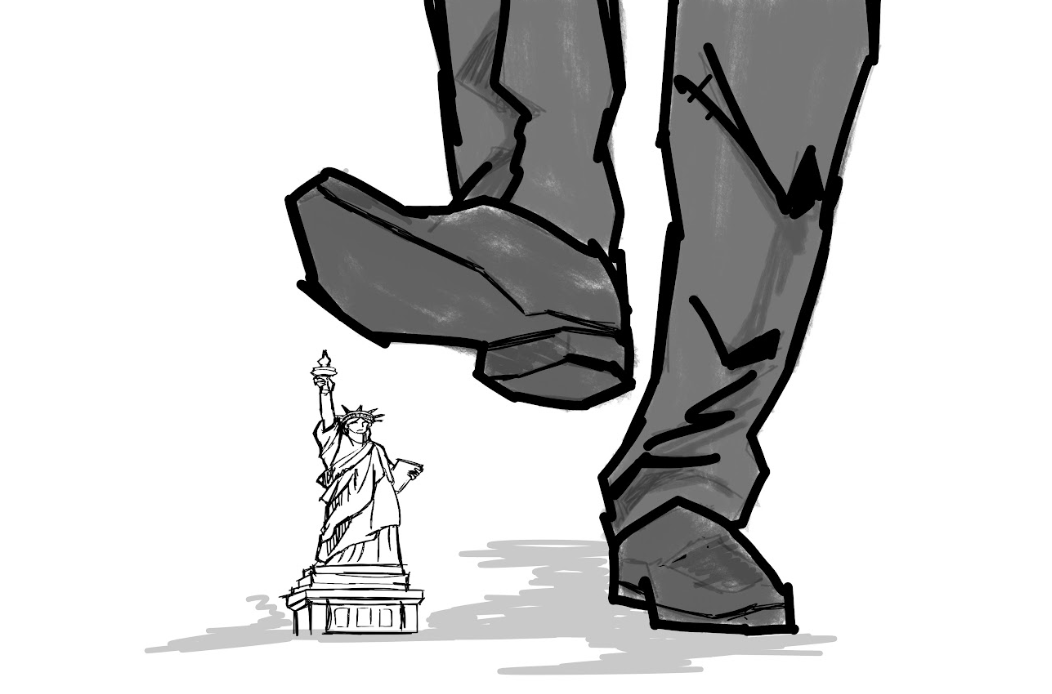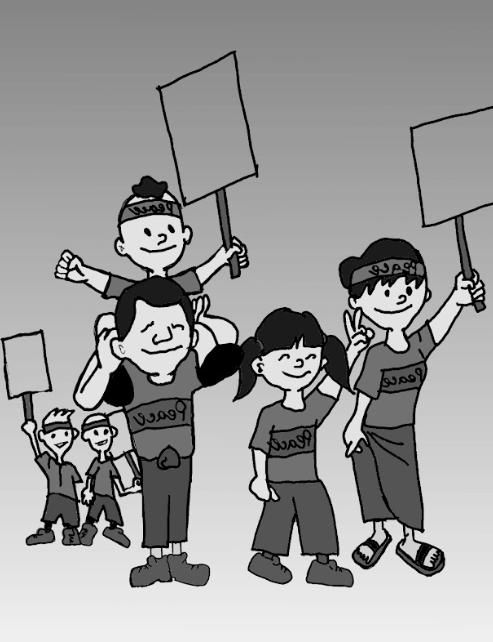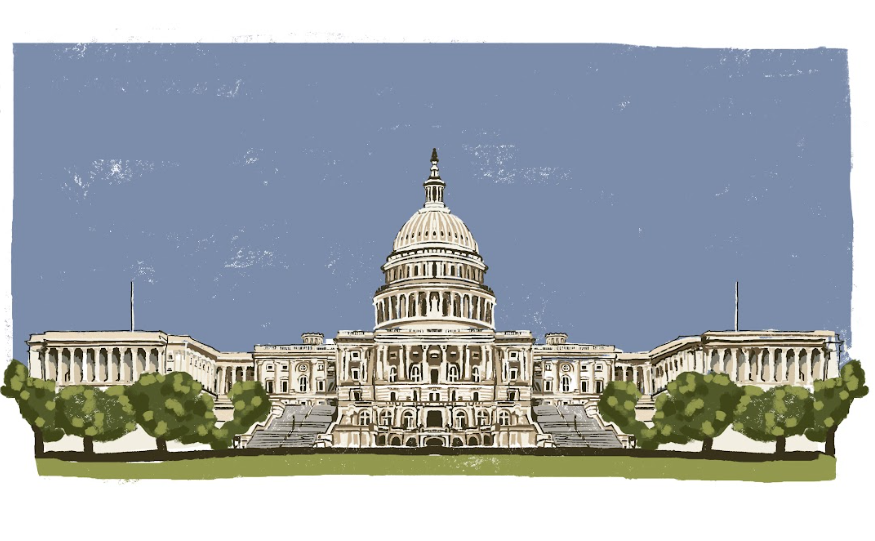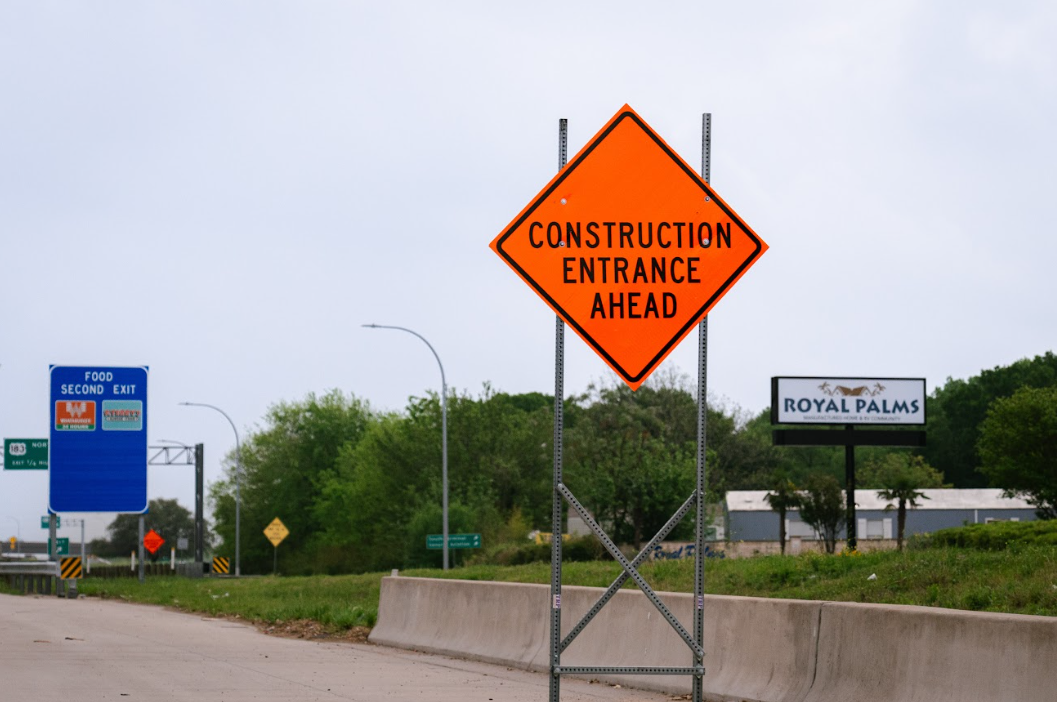The UT System’s Cultivating Learning and Safe Environments (CLASE) survey propelled sexual assault and misconduct to the forefront. In emails to students, faculty and staff, Acting President Pedro Reyes disseminated the survey results and reiterated the university’s mission to decrease the prevalence of sexual assault and misconduct on and off-campus.
Ironically, the timing of the study’s release was close on the heels of former UTSA President Ricardo Romo’s exit amid allegations of sexual harassment. These events provide a compelling opportunity to discuss powerful topics close to home—one of which polarized the campus and the other which established the university’s response to sexual assault and misconduct.
During the investigation of Romo’s conduct, the UTSA community responded in a variety of ways. Some defended Romo and dismissed the reports as “assassination of character,” while others felt Romo wasn’t held accountable for his actions.
Clearly the dialogue had begun, but the dialogue can’t stop here. In light of the CLASE survey, we as a university must continue the conversation to foster a climate of openness. As a result, men and women will more likely report sexual assault and seek help.
The community shares the responsibility of ensuring victims of sexual assault and misconduct are supported and heard. When their voices are heard, they are empowered.
The CLASE survey confirmed there are victims of sexual assault, not only across the UT System, but also on our campus. However, approximately only 25 percent report the crime. We may not be able to stop sexual assault, but if we as a community are open to listening, those who are silent may reach out for the help they need. In doing so, their power is restored.














